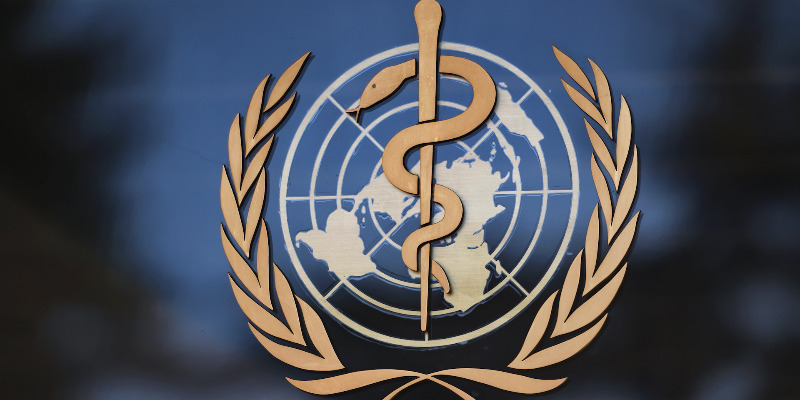By Asmau Ahmad
The World Health Organisation (WHO) on Monday released fresh guidance on shaping policies to best protect children from harmful impact of food marketing.
WHO’s Director of Nutrition and Food Safety, Francesco Branca, in a statement said aggressive and pervasive marketing of foods and beverages high in fats, sugars and salt to children was responsible for unhealthy dietary choices.
“Calls to responsible marketing practices have not had a meaningful impact.”
As such, he said governments should establish strong and comprehensive regulations.
The new WHO guidance recommends that countries implement comprehensive mandatory policies to protect children of all ages from the marketing of foods and non-alcoholic beverages that are high in saturated fatty acids, trans-fatty acids, free sugars and/or salt, a food grouping known by its acronym HFSS.
More than a decade after Member States endorsed WHO recommendations on the marketing of foods and non-alcoholic beverages to children, young people continue to be exposed to powerful marketing of HFSS foods and non-alcoholic beverages, consumption of which is associated with negative health effects, the agency said.
Food marketing remains a threat to public health and continues to affect children’s food choices, intended choices, and their dietary intake, while also negatively influencing the development of their norms about food consumption, according to WHO.
The recommendation is based on a systematic review of the evidence on policies to restrict food marketing, including on contextual factors, the health agency said.
Policies to restrict food marketing are shown to be most effective if they are mandatory, protect children of all ages, and use a government-led nutrient profile model to classify foods to be restricted from marketing. They should also be sufficiently comprehensive, the agency said.
WHO used the definition of a child from the Convention on the Rights of the Child to ensure that policies protect all children.
The agency also updated recommendations for countries to use a nutrient profile model, which governments typically develop.
Policies to protect children from the harmful impact of food marketing are best implemented as part of a comprehensive policy approach to create enabling and supportive food environments, the agency said.
To do this, adopting WHO recommendations and adapting them to local contexts require local consultations, with mechanisms in place to safeguard public health policy making from undue influence by real, perceived or potential conflicts of interest.
All WHO guidelines aim at supporting governments in creating healthy food environments to facilitate healthy dietary decisions, establish lifelong healthy eating habits, improve dietary quality, and decrease the risk of noncommunicable diseases worldwide, the agency said.




